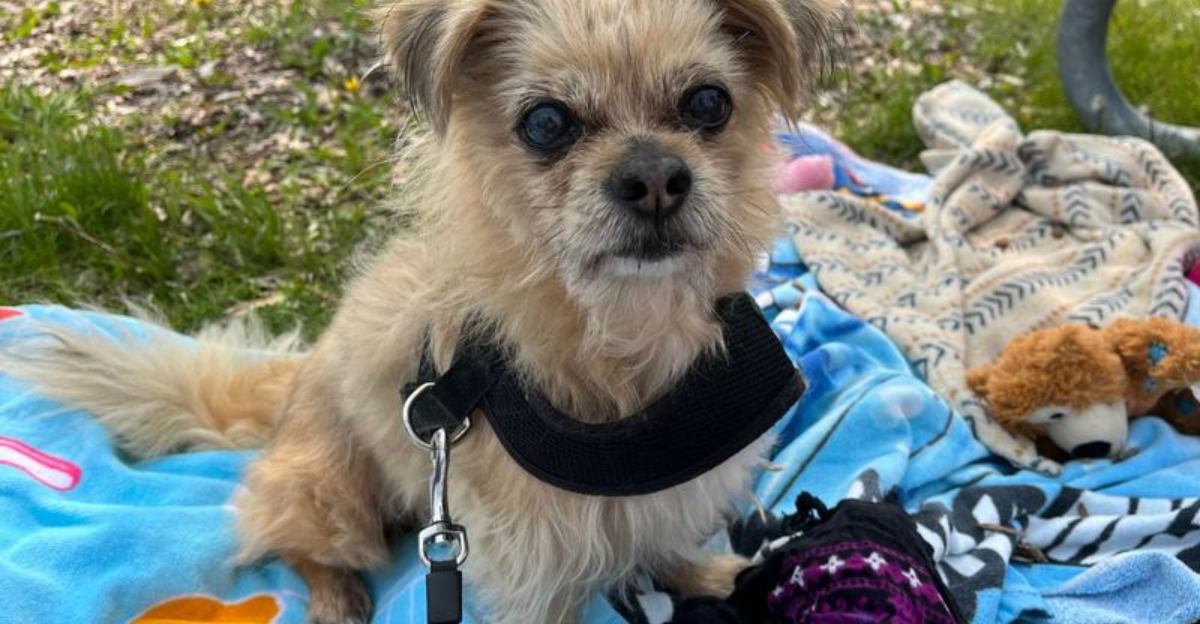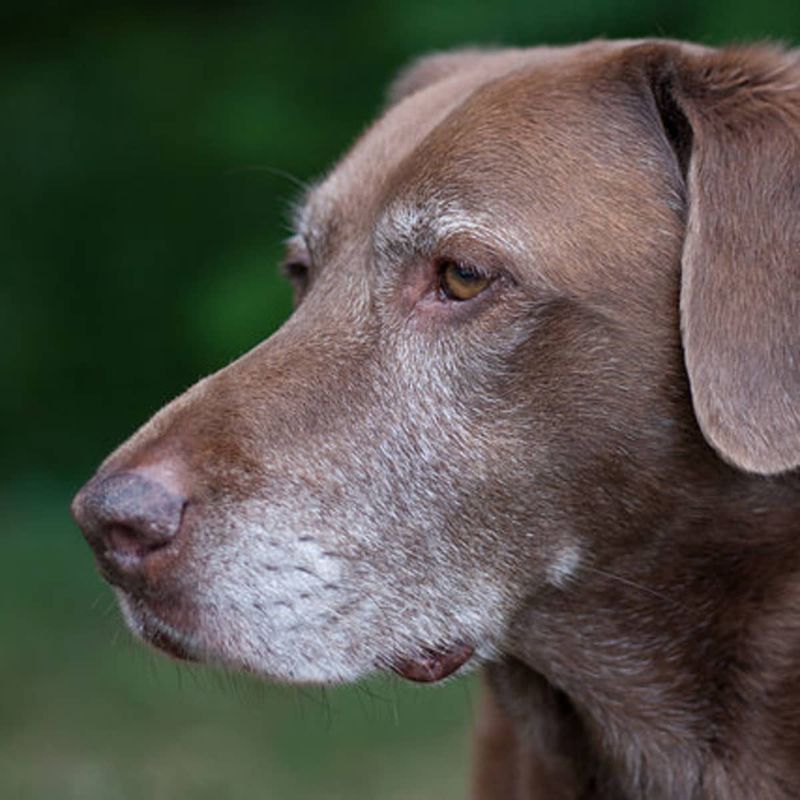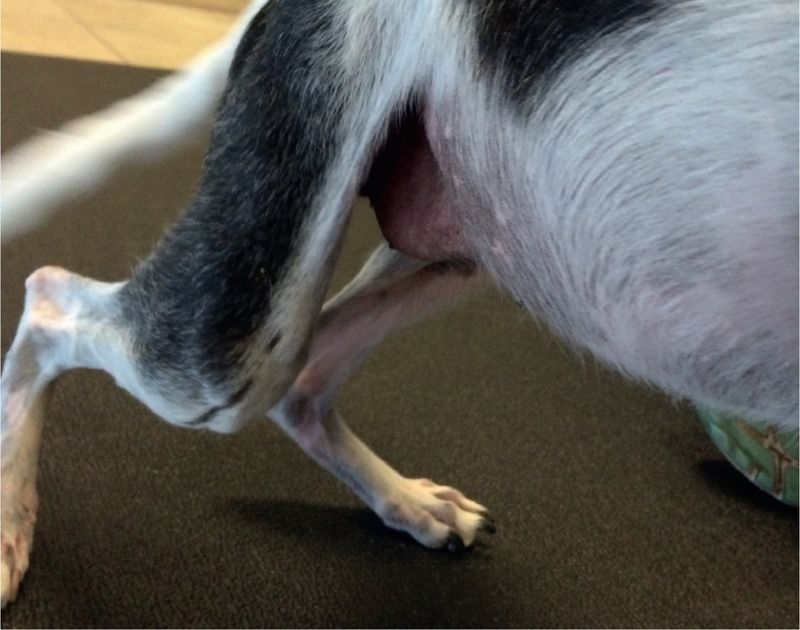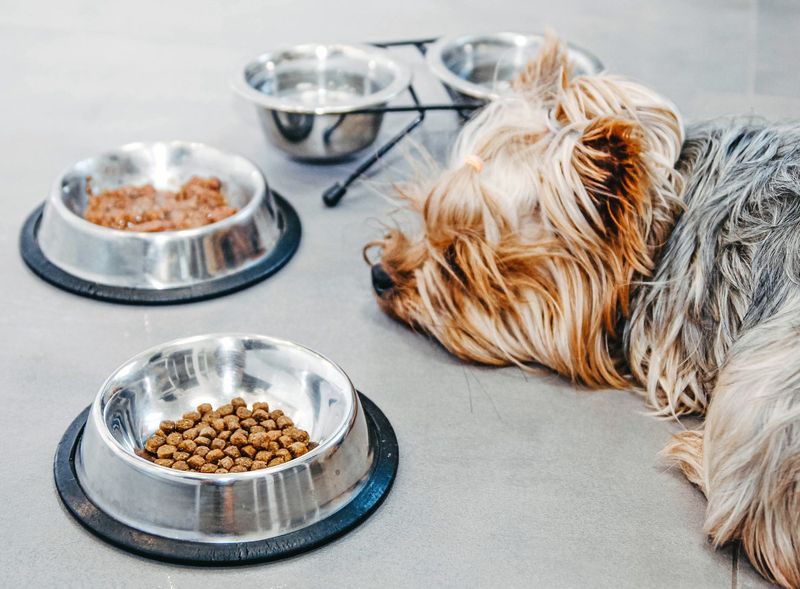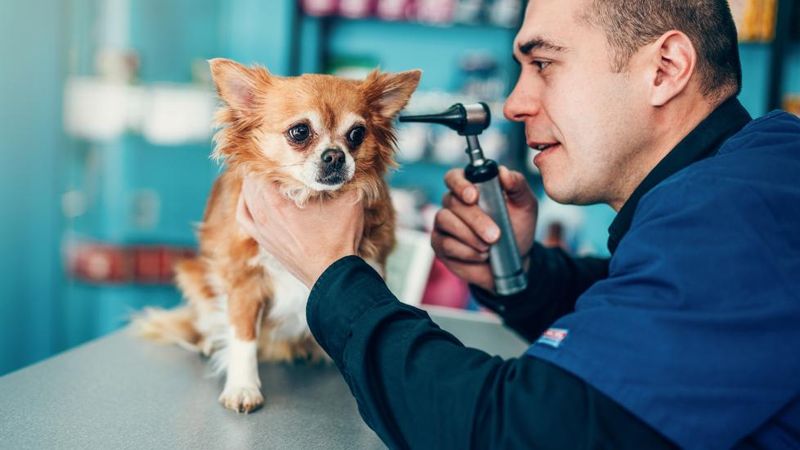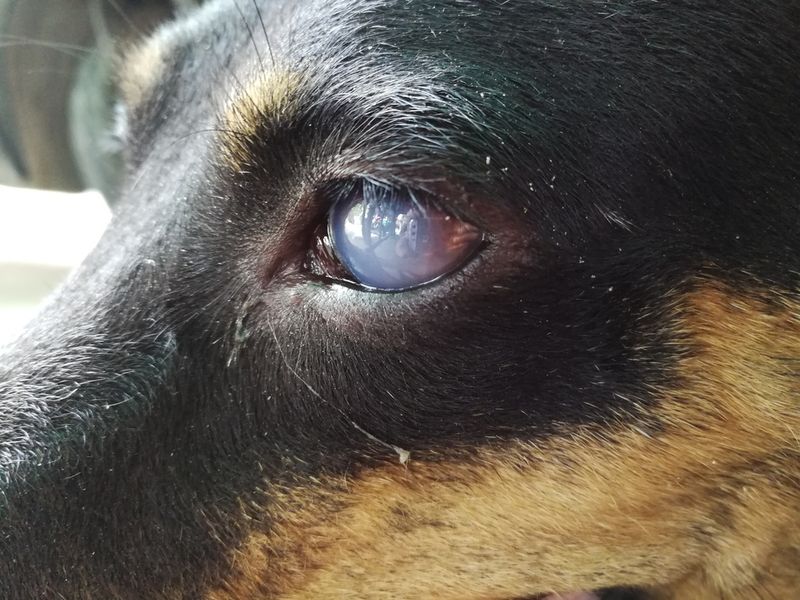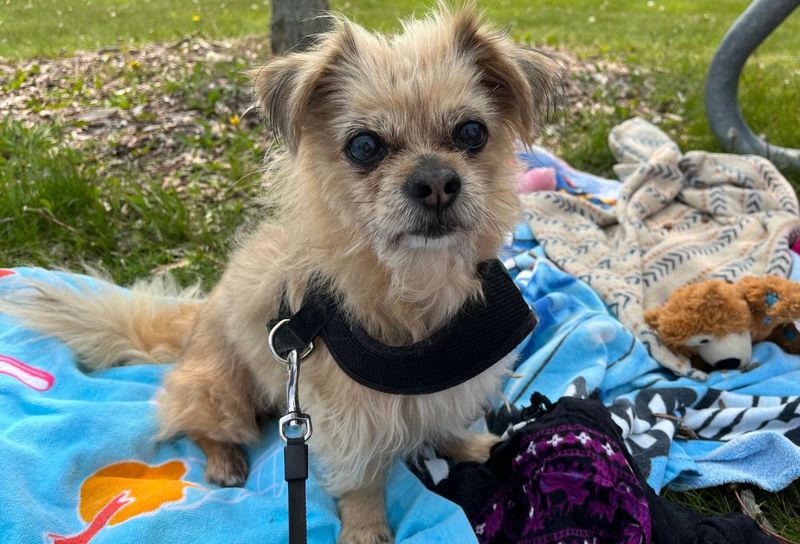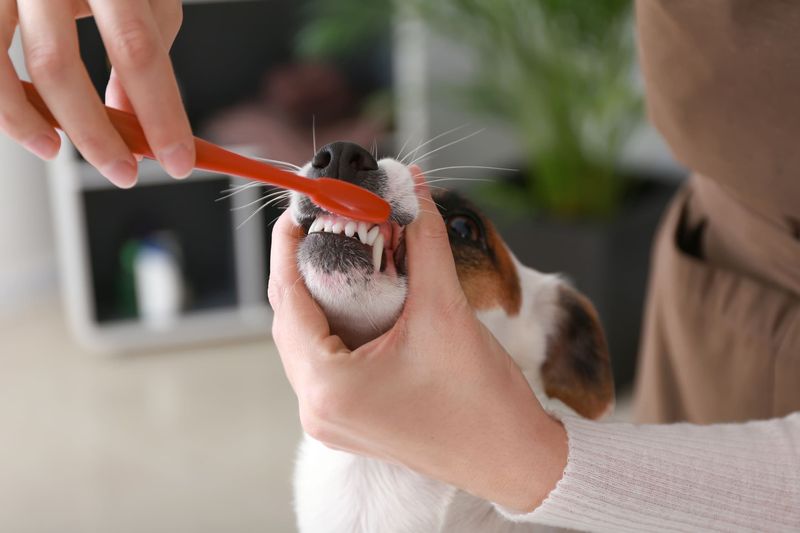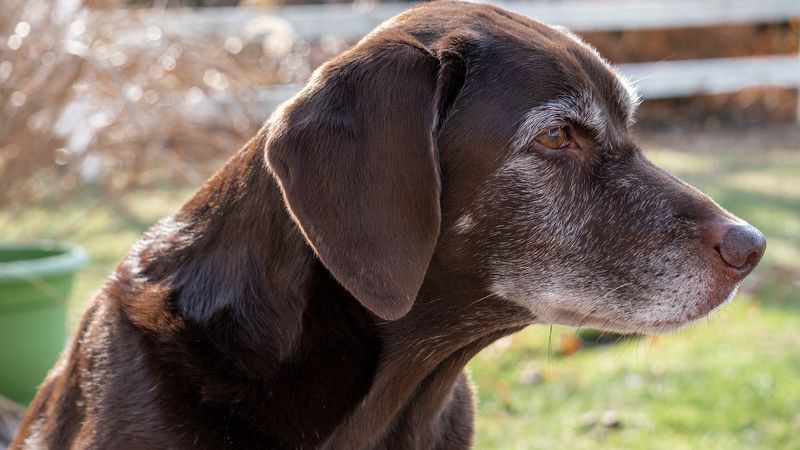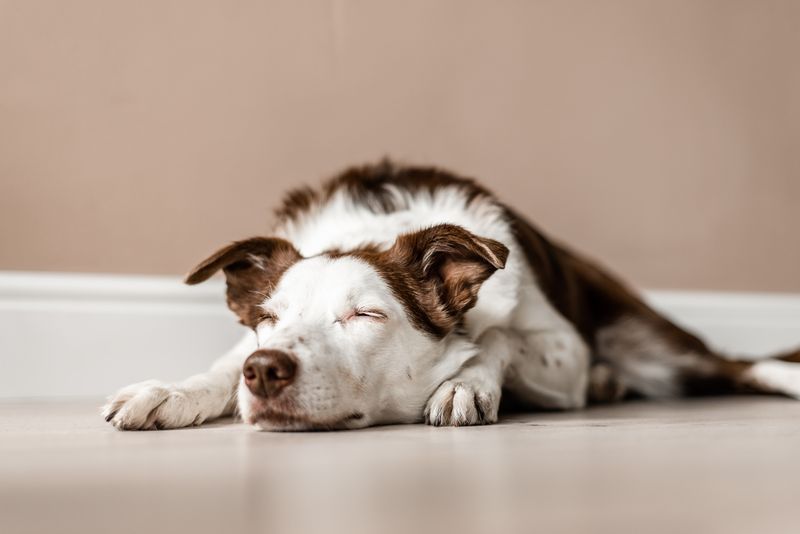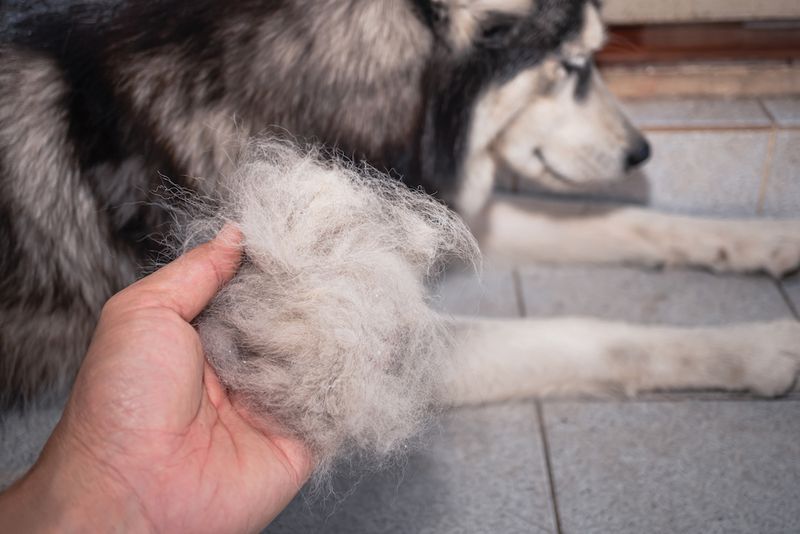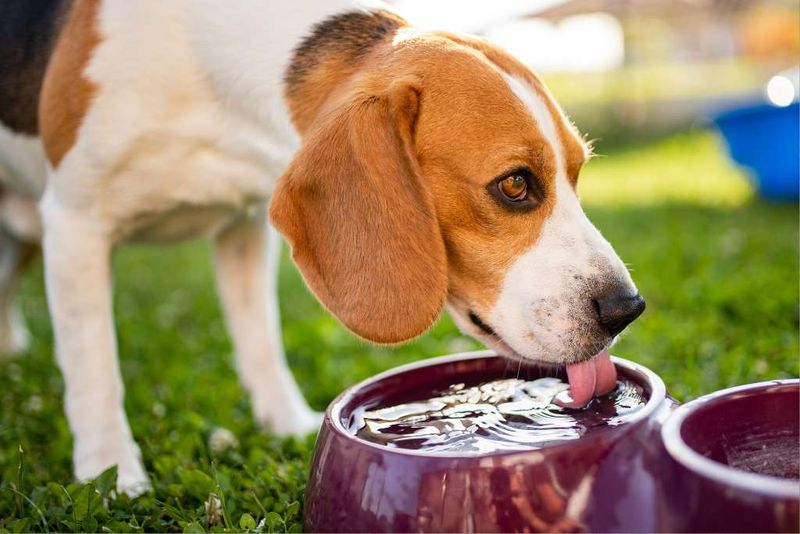As dogs age, much like humans, they begin to exhibit certain signs of getting older. Recognizing these signs early can help you take appropriate steps to ensure your pet’s comfort and health. This guide highlights 13 signs of aging in dogs and offers suggestions on how to manage them effectively.
Graying Fur
As dogs age, one of the earliest signs is graying fur, primarily around the muzzle. This change may bring a touch of wisdom to their appearance, much like a distinguished elder in a family. Graying can start as early as five years in some breeds but often becomes prominent around seven or eight years.
While graying fur is a natural part of aging, it doesn’t impact your dog’s health. Regular grooming can help maintain the coat’s softness and shine. Focus on a nutritious diet to support overall health, ensuring your dog feels as vibrant as it looks.
Decreased Energy
Remember when your pup would race around the yard with boundless energy? Over time, you might notice a drop in their activity levels. This decreased energy can be a common sign of aging, reflecting a shift in their daily routine.
Older dogs may prefer shorter, more relaxed walks rather than intense play sessions. It’s crucial to adjust exercise routines to match their comfort levels. Encourage gentle activities that keep them moving without overexertion. Regular vet check-ups ensure that their energy levels are appropriate and not caused by underlying health issues.
Joint Stiffness
Joint stiffness often accompanies aging in dogs, much like the creaks and groans we feel as we get up in the morning. If your dog hesitates before jumping onto the couch or struggles with stairs, it might be experiencing joint discomfort.
Consider incorporating joint supplements into their diet, like glucosamine, to ease their movement. A comfortable, orthopedic dog bed can provide relief during rest. Regular, low-impact exercise helps maintain flexibility, but always consult your vet for tailored advice to ensure your dog’s comfort and mobility.
Changes in Appetite
Aging can affect your dog’s appetite, either increasing or decreasing it noticeably. You might find them leaving food in the bowl or, conversely, asking for more treats throughout the day. Changes in appetite may be linked to dental issues or metabolic changes.
It’s important to monitor their weight and adjust their diet accordingly. Consult your vet to ensure they receive a balanced diet that supports their health needs. Special senior dog foods are available that cater to their changing nutritional requirements, helping them stay fit and active.
Hearing Loss
Hearing loss is a common symptom of aging in dogs, much like in humans. Your once alert pup might not respond to calls as readily or may sleep through loud noises that once startled them.
To communicate effectively, use hand signals or visual cues alongside vocal commands. Ensure their environment is safe, minimizing risks of accidents due to diminished hearing. Regular vet visits can help identify any treatable causes, and maintaining a predictable routine can provide comfort despite their hearing challenges.
Vision Decline
With age, a dog’s vision may decline, marked by cloudy eyes or a hesitancy to move in dim lighting. This can affect their confidence in exploring new environments or navigating familiar spaces.
Keep pathways clear and avoid rearranging furniture frequently to help them move with ease. Regular eye check-ups can detect conditions like cataracts early on. Providing a stable, well-lit environment ensures they feel safe and secure despite their vision challenges, allowing them to continue enjoying their surroundings comfortably.
Weight Fluctuations
Weight fluctuations are a common sign of aging in dogs. You might notice your pet gaining weight despite eating less or losing weight even with regular meals. These changes can arise from metabolic shifts or decreased activity levels.
Monitoring their weight regularly and consulting with a vet can help manage these fluctuations effectively. Adjust their diet to ensure they receive the necessary nutrients without excessive calories. Tailored exercise routines should complement their diet, helping them maintain a healthy weight and overall well-being.
Dental Issues
Dental issues become more pronounced as dogs age, with tartar buildup, gum disease, or missing teeth becoming prevalent. You might notice bad breath or difficulty eating hard foods.
Regular dental check-ups and cleanings are crucial to maintaining oral health. Incorporate dental chews or toys designed to reduce plaque, and consider a diet that supports dental hygiene. Home brushing, if tolerated, can also help in preventing dental diseases, ensuring your dog can enjoy its meals without discomfort.
Cognitive Changes
As dogs age, they may experience cognitive changes, akin to dementia in humans. You might see your pet staring blankly at walls or appearing disoriented in familiar environments.
Engaging them in mental exercises and providing interactive toys can stimulate their mind. Consistency in routines offers reassurance and stability. If cognitive changes are significant, consult your vet for possible treatments or supplements that support brain health, helping your dog maintain its mental acuity.
Sleep Pattern Changes
Older dogs often experience changes in their sleep patterns, sometimes sleeping more during the day or becoming restless at night. This shift can be due to discomfort or health issues.
Ensure their sleeping area is comfortable and free from disturbances. A consistent routine can aid in regulating their sleep. If changes are significant, seek veterinary advice to rule out underlying conditions. Ensuring good sleep hygiene helps your dog rest better, contributing to its overall health and happiness.
Skin and Coat Changes
Aging can lead to changes in a dog’s skin and coat, such as thinning fur or dry, flaky skin. You might notice your pet scratching more often or developing skin infections.
Regular grooming and moisturizing shampoos can alleviate discomfort. A diet rich in Omega-3 fatty acids supports skin and coat health. Routine vet visits can help manage any skin conditions effectively, ensuring your dog remains comfortable and its coat stays lustrous.
Behavioral Changes
Behavioral changes are not uncommon in older dogs. A once social butterfly might now prefer solitude or display anxiety in crowded places. These changes can be due to physical discomfort or cognitive decline.
Observing and understanding these shifts is crucial. Provide a calm environment and avoid overwhelming situations. Gentle reassurance and patience go a long way in supporting your pet emotionally. If behavioral changes persist, consulting a vet or behaviorist can provide strategies to enhance their quality of life.
Increased Thirst
An increase in thirst is often noticeable in aging dogs. You might see your pet visiting the water bowl more frequently, which can sometimes indicate underlying health issues like kidney disease or diabetes.
It’s essential to monitor their water intake and consult a vet if the increase is sudden or significant. Providing fresh water and regular health checks can help manage any associated conditions, ensuring your dog remains hydrated and healthy.
